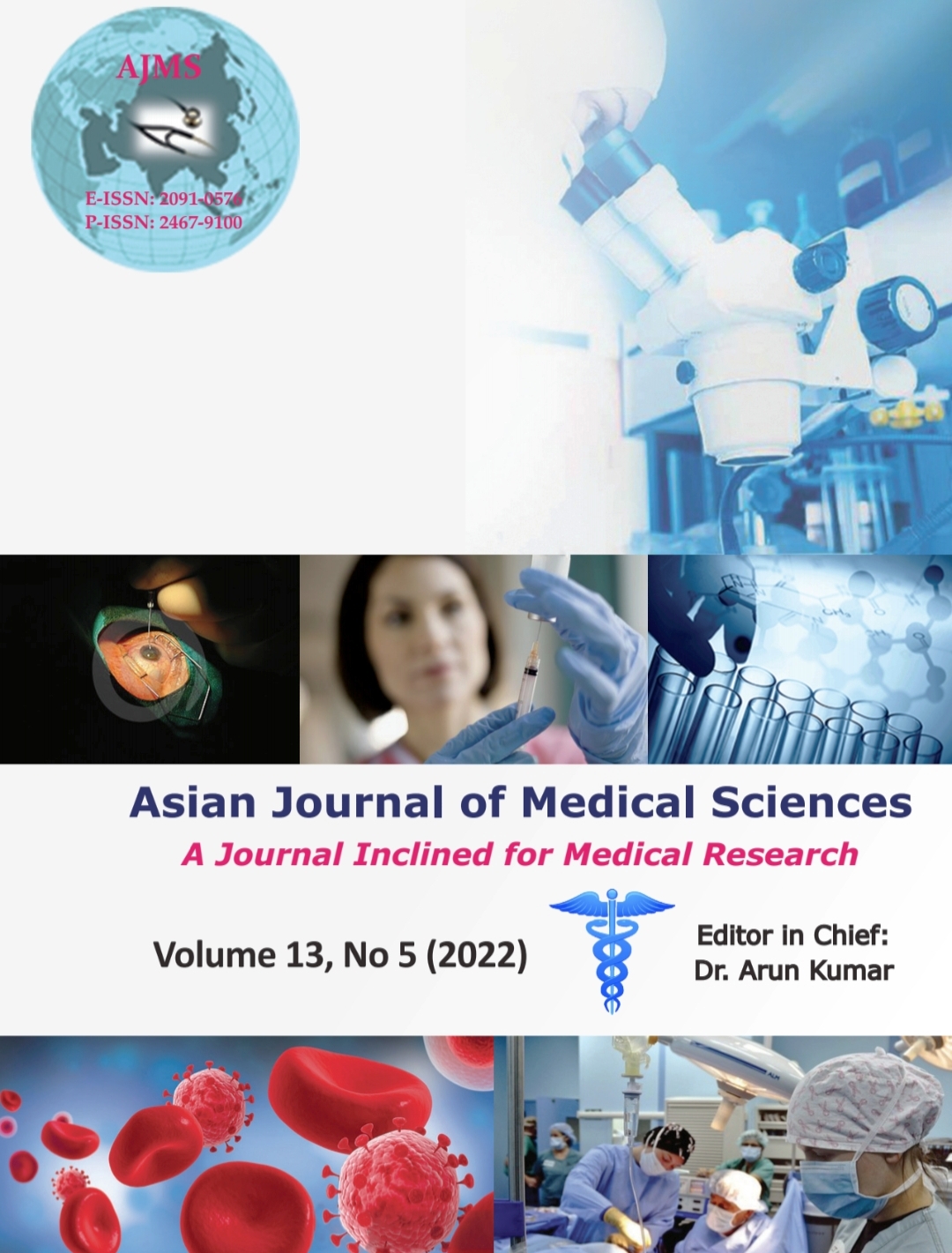Development and validation of an in-house handheld ELISA kit to detect glycosylated hemoglobin in human whole blood
Keywords:
Diabetes mellitus, Enzyme-linked immunosorbent assay, Glycated hemoglobin, High-performance liquid chromatography, International diabetes federationAbstract
Background: Diabetes mellitus (DM) is known as one the oldest disease known to a human being and it is defined as a group of metabolic disorders characterized by the presence of hyperglycemia.
Aims and Objectives: The present study describes the development and evaluation of a cost-effective and straightforward in-house handheld enzyme-linked immunosorbent assay (ELISA) kit for the determination of HbA1c in human whole blood of diabetic patients and is suitable for resource-poor settings.
Materials and Methods: A total of 1056 specimens were collected for assay validation purposes. To check the proficiency of our diagnostic strategy, we compared our test results with high-performance liquid chromatography (HPLC) and a commercially available ELISA kit for HbA1c. The Institutional Ethical Committee approved this study (IEC). SPSS 16 statistical software analyzed all the data. The correlation regression was done to compare the assay. The level of significance of this study was P<0.001.
Results: The sensitivity, specificity, and efficiency of the inhouse HbA1c ELISA kit range from 98.8%, 100%, and 99.24%.
Conclusion: The newly developed in-house handheld HbA1c ELISA test kit is not only cost-effective, accurate, and straightforward but also gives good correlation with optimized methods such as HPLC and commercially available techniques in deciding the glycemic status of patients. Therefore, highly recommended for use in resource-poor settings in the management and diagnosis of DM.
Downloads
Downloads
Published
How to Cite
Issue
Section
License
Copyright (c) 2022 Asian Journal of Medical Sciences

This work is licensed under a Creative Commons Attribution-NonCommercial 4.0 International License.
Authors who publish with this journal agree to the following terms:
- The journal holds copyright and publishes the work under a Creative Commons CC-BY-NC license that permits use, distribution and reprduction in any medium, provided the original work is properly cited and is not used for commercial purposes. The journal should be recognised as the original publisher of this work.
- Authors are able to enter into separate, additional contractual arrangements for the non-exclusive distribution of the journal's published version of the work (e.g., post it to an institutional repository or publish it in a book), with an acknowledgement of its initial publication in this journal.
- Authors are permitted and encouraged to post their work online (e.g., in institutional repositories or on their website) prior to and during the submission process, as it can lead to productive exchanges, as well as earlier and greater citation of published work (See The Effect of Open Access).




